More Information
[email protected]
+86 28 8503 0959
Mon - Fri 9.00 - 18.00
Discover northeastern(Amdo) and central Tibet: Self-drive overland from Xining to Lhasa and EBC
Day 1 Arrival in Xining (2262m)
Pick up from Airport and transfer to hotel.
Day 2 Xining – Xiahe (3000m, 237km)
Taer Monastery: birthplace of the founder of the Yellow Hat Sect of Tibetan Buddhism.
Day 3 Xiahe (3000m)
Labrang Monastery: one of the six great monasteries of the Gelug school of Tibetan Buddhism. Labrang Monastery is home to the largest number of monks outside the Tibet Autonomous Region.
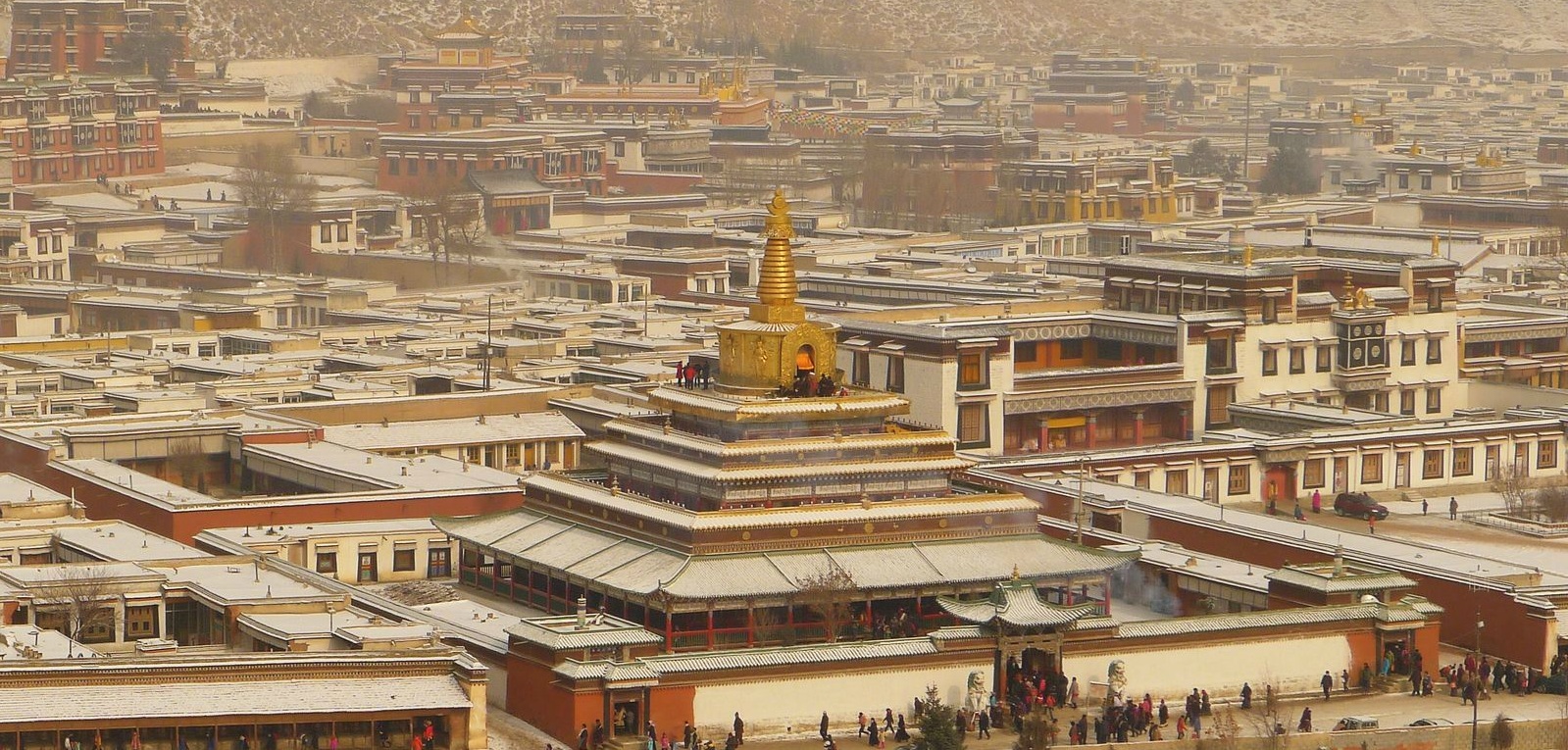
Day 4 Xiahe – Tongren – Xining (2262m, 237k m)
Tongren: small town known as the cradle of Tibetan arts.
Day 5 Xining – Lake Qinghai (3196m, 144km)
Lake Qinghai: The lake is located at the crossroads of several bird migration routes across Asia. Many species use Qinghai as an intermediate stop during migration.
Day 6 Lake Qinghai – Delingha – Golmud (2780m, 616km)
Later in the day we drive west to Delingha to board our overnight train heading south west entering the Tibetan Autonomous Region.
Chaka Salt Lake: this natural crystallized saline lake is regarded as the eastern gateway to Qaidam Basin, which reserves the largest salt mine in the world.
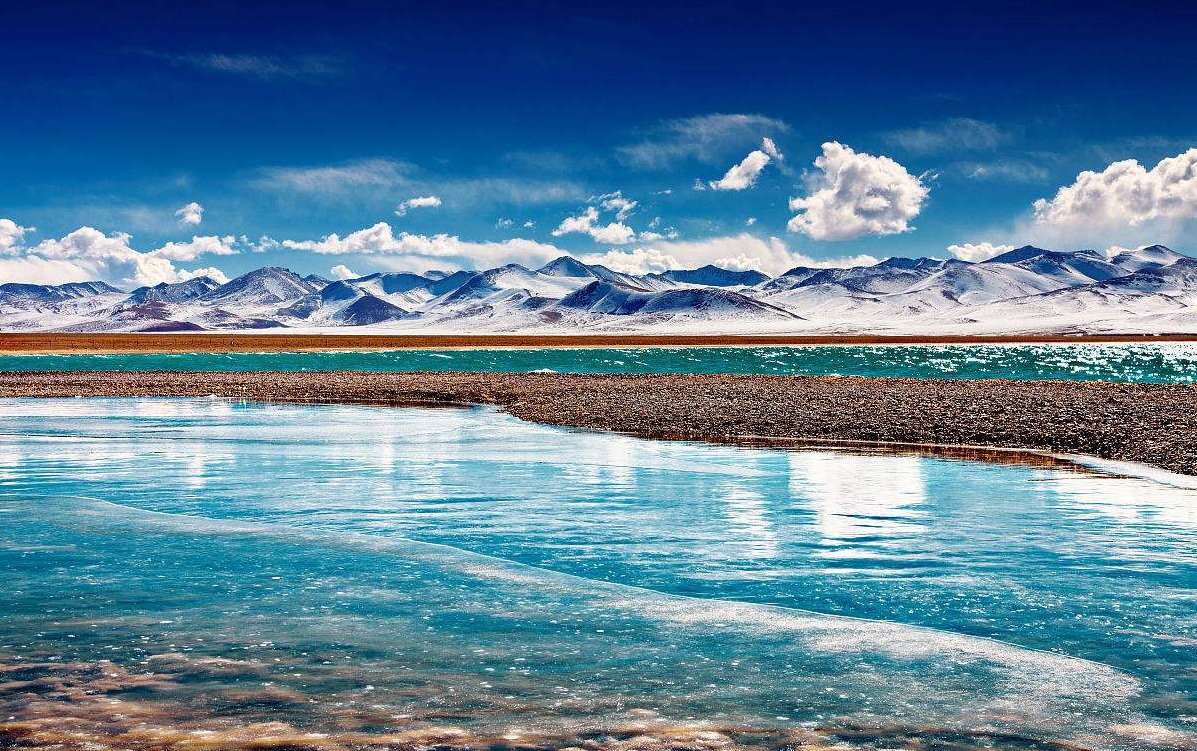
Day 7 Day 8 Golmud – Namtso Lake (4700m,1056km )
Namtso Lake: ith the lake surface assuming sky blue, the lake and the sky seem to be one and undivided, which may make visitors feel themselves in a fairy land if they have a stroll by the lake.
Day 9 Namtso – Lhasa (3650m, 220km)
Yangbajing Spring Water, Nyenchen Tanglha
Day 10 Lhasa – Shigatse (3836m, 264km)
Tashilunpo Monastery: founded in 1447 by the 1st Dalai Lama, is a historic and culturally important monastery in Shigatse, the second-largest city in Tibet.
Day 11 Shigatse – the Everest Base Camp (5200m, 343km)
Heading south along the Friendship Highway towards Mt. Everest Base Camp via Rongbuk.
Supplies are shipped to the South Base Camp by sherpas or porters, and with the help of animals, usually yaks. The North Base Camp has vehicle access (at least in the summer months). Climbers typically rest at base camp for several days for acclimatization to reduce the risks and severity of altitude sickness.
Day 12 The Everest Base Camp – Shigatse (3836m, 343km)
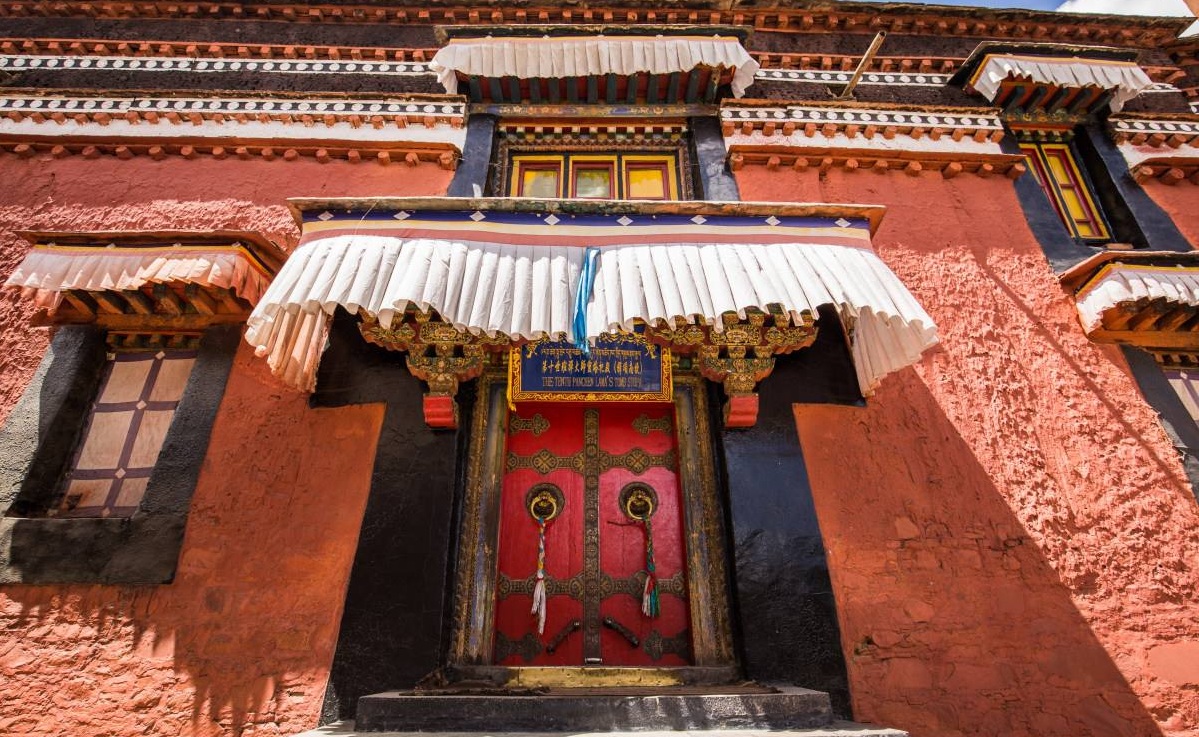
Day 13 Shigatse – Gyantse – Lhasa (3650m, 264km)
Yamdrok Yutso: Yamdrok Lake is one of four particularly holy lakes, thought to be divinatory; everyone from the Dalai Lama to local villagers makes pilgrimages there. It is considered sacred as one of the four “Great Wrathful Lakes” guarded by the goddess Dorje Gegkyi Tso.
Karula Glacier
Day 14 Lhasa (3650m)
Potola Palace: was the residence of the Dalai Lama until the 14th Dalai Lama fled to India during the 1959 Tibetan uprising. It is now a museum and World Heritage Site.
Norbulingka: It served as the traditional summer residence of the successive Dalai Lamas from the 1780s up until the 14th Dalai Lama’s exile in 1959. Part of the “Historic Ensemble of the Potala Palace”, Norbulingka is recognized as a UNESCO World Heritage Site, and was added as an extension of this Historic Ensemble in 2001.
Barkhor Street: The Barkor is a popular devotional circumambulation for pilgrims and locals. The walk was about one kilometre long and encircled the entire Jokhang, the former seat of the State Oracle in Lhasa called the Muru Nyingba Monastery, and a number of nobles’ houses including Tromzikhang and Jamkhang.
Jokang Temple: consider this temple as the most sacred and important temple in Tibet. The temple is currently maintained by the Gelug school, but they accept worshipers from all sects of Buddhism. The temple’s architectural style is a mixture of Indian vihara design, Tibetan and Nepalese design.
Day 15 Lhasa (3650m)
Drepug Monastery: founded in 1416. At one time Drepung had over 10,000 monks, making it the largest monastery in the world.
Sera Monestary: The origin of its name is attributed to a fact that the site where the monastery was built was surrounded by wild roses in bloom. The original Sera Monastery is responsible for some 19 hermitages, including four nunneries, which are all located in the foot hills north of Lhasa.
Day 16 Departure from Lhasa
-
DepartureXining
-
Departure Timeup to you
-
Return Timeup to you
Similar Tours
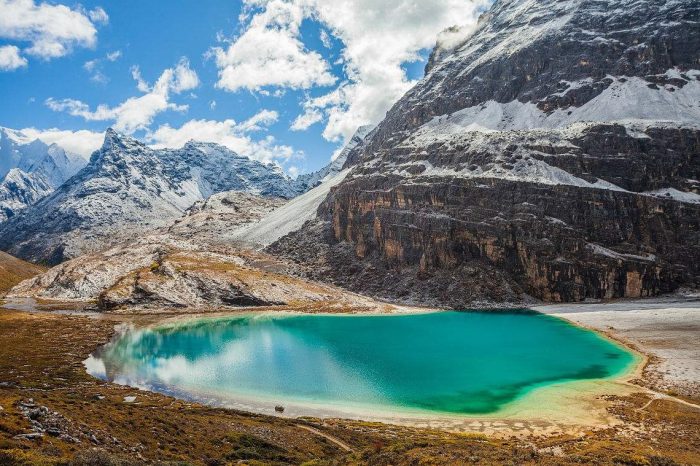
Self-drive with rental car through Sichuan, Yunnan and Tibetan area
Tibetan culture and classical Yunnan, hiking in Tiger leaping gorge
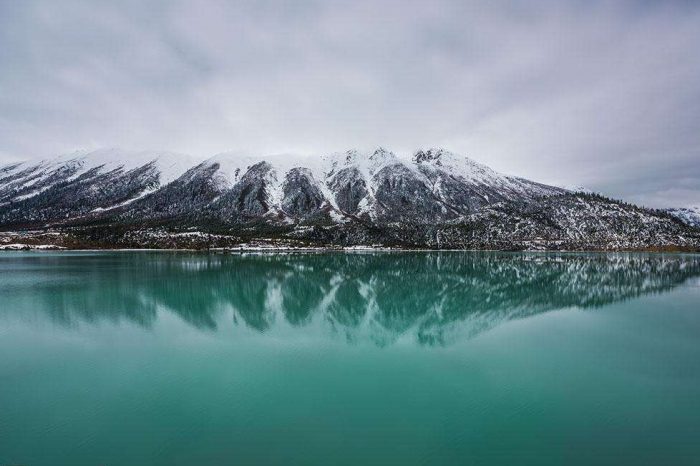
Overland Nepal-China-Laos Driving Road Trip
Overland Driving (Nepal)-China-(Laos) Road Trip, china overland self drive tour, self drive through china, cross china with your vehicle, driving/riding to china
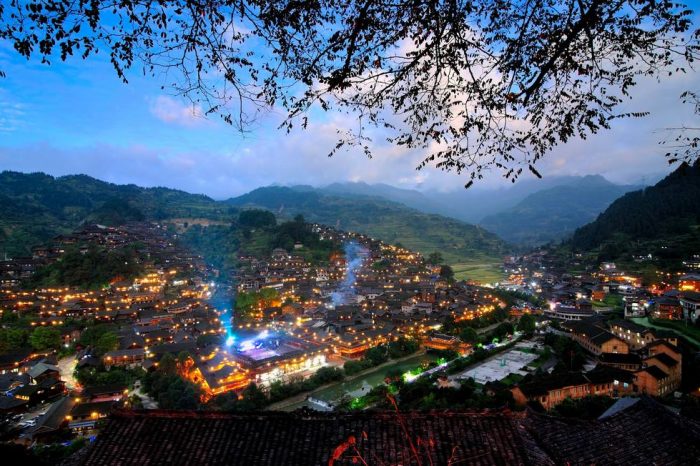
Self-drive with rental car through Sichuan, Guizhou and Guangxi
drive through minority cultural and biggest waterfall in Asia





